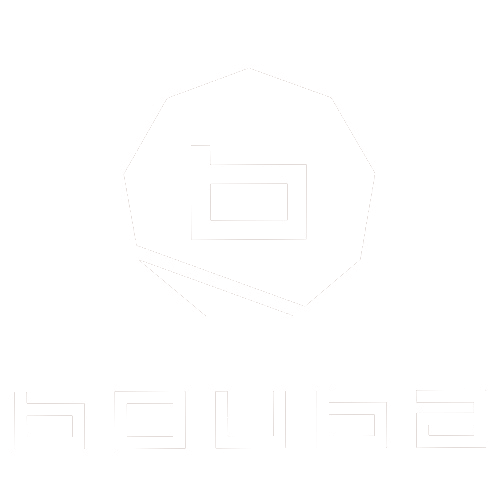Understanding your skin type is the first step toward effective skincare. Each skin type has unique characteristics, and recognizing these can help you choose the right products and routines. This blog delves into the methods for analyzing skin types and provides insights on how to care for each one effectively.

Introduction
Why Analyze Your Skin Type?
Analyzing your skin type is essential for several reasons:
- Tailored Skincare: Different skin types require different products. Using the wrong products can lead to irritation or ineffective results.
- Targeted Treatments: Knowing your skin type helps in selecting treatments for specific concerns like acne, dryness, or sensitivity.
- Preventative Care: Understanding your skin’s needs can help prevent future issues, such as premature aging or severe breakouts.
How to Analyze Your Skin Type
1. The Bare-Faced Test
The bare-faced test is a straightforward method to determine your skin type:
- Step 1: Cleanse your face with a gentle cleanser to remove makeup, dirt, and oils.
- Step 2: Pat your skin dry with a towel.
- Step 3: Leave your skin bare (without any products) for about an hour.
- Step 4: Observe how your skin feels during this time.
Observation Points:
- If your skin feels tight or looks flaky, you likely have dry skin.
- If your T-zone (forehead, nose, chin) appears shiny while the cheeks are normal or dry, you probably have combination skin.
- If your face feels oily and has visible shine all over, you have oily skin.
- If your skin feels comfortable and neither oily nor dry, you have normal skin.
2. The Blotting Sheet Test
This test helps to provide a more immediate assessment of oil levels:
- Step 1: Use a clean blotting sheet and gently press it against different areas of your face.
- Step 2: Observe the amount of oil that is absorbed by the sheet.
Interpretation:
- No oil: You likely have dry skin.
- Oil on the T-zone only: This indicates combination skin.
- Oil on the entire sheet: You have oily skin.
- Minimal oil: You may have normal skin.
3. Professional Skin Analysis
For the most accurate assessment, consider consulting a dermatologist or licensed esthetician. They can provide a comprehensive analysis using specialized tools and knowledge of skin conditions.
Characteristics of Different Skin Types
Normal Skin
- Characteristics: Balanced moisture levels, few visible pores, smooth texture.
- Care Tips: Maintain with a gentle cleanser, moisturizer, and sunscreen.
Oily Skin
- Characteristics: Excess sebum, shiny appearance, enlarged pores, prone to acne.
- Care Tips: Use oil-free cleansers, lightweight moisturizers, and regular exfoliation.
Dry Skin
- Characteristics: Flaky, rough texture, tightness, and redness.
- Care Tips: Use hydrating cleansers, rich moisturizers, and avoid harsh products.
Combination Skin
- Characteristics: Oily in the T-zone, dry or normal on the cheeks.
- Care Tips: Use targeted products for different areas and balance hydration.
Sensitive Skin
- Characteristics: Redness, irritation, and reactions to products.
- Care Tips: Opt for hypoallergenic and fragrance-free products; perform patch tests.
Conclusion
Analyzing your skin type is crucial for developing an effective skincare routine. By using simple tests and understanding your skin’s characteristics, you can select products that best suit your needs. Whether you have normal, oily, dry, combination, or sensitive skin, proper care will help you achieve a healthy and radiant complexion.





